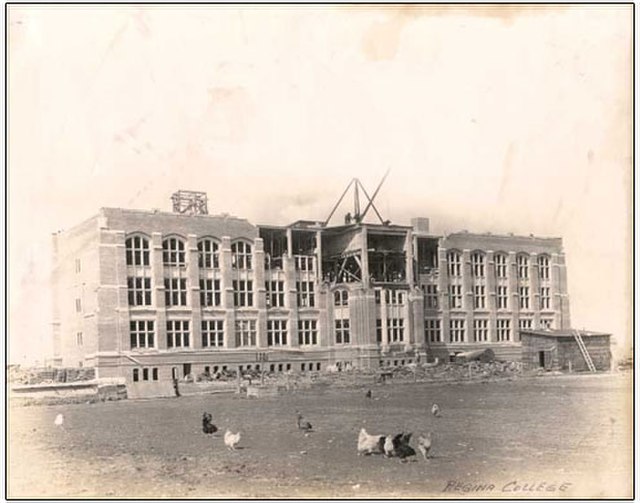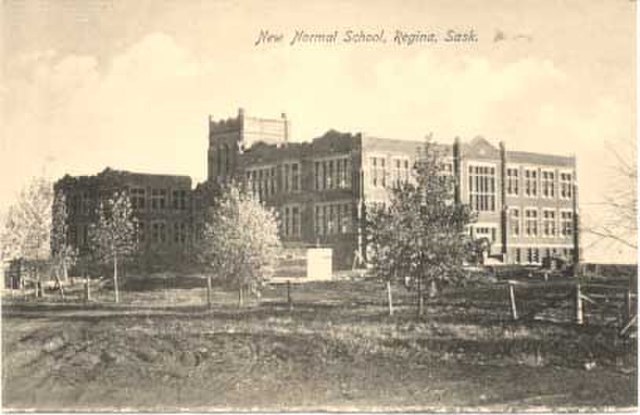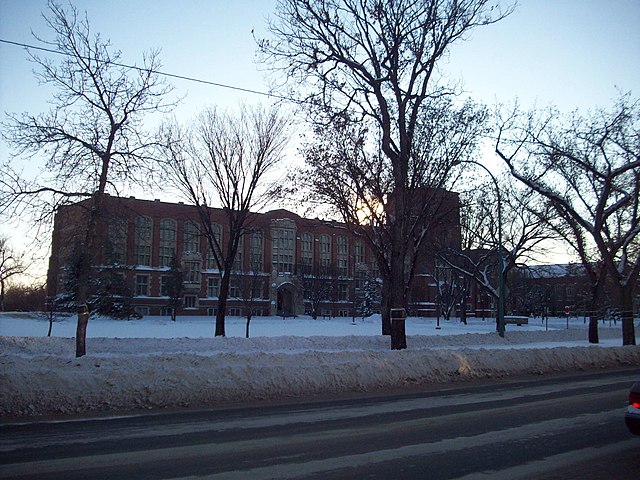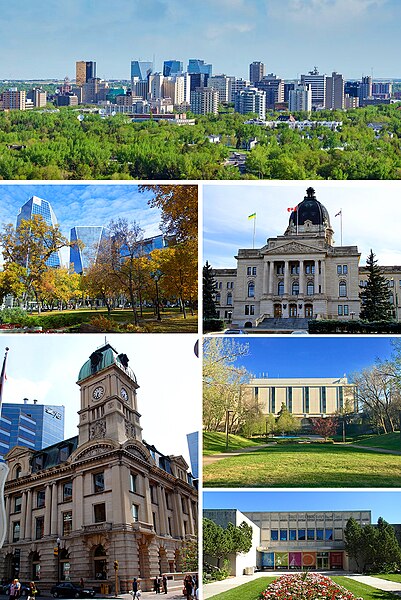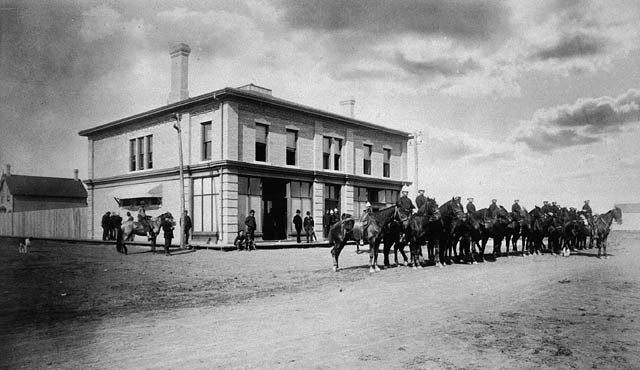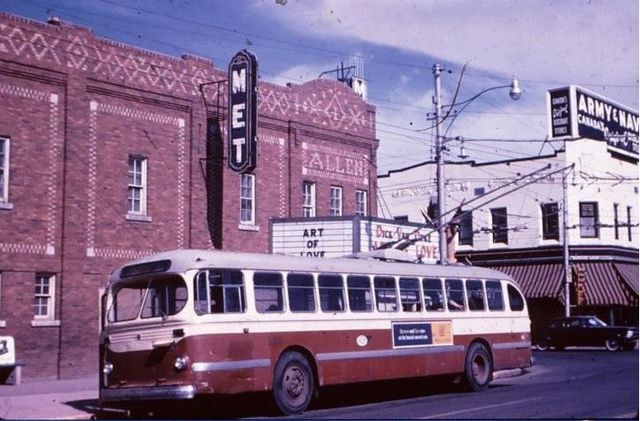The University of Regina is a public university located in Regina, Saskatchewan, Canada. Founded in 1911 as a private denominational high school of the Methodist Church of Canada, it began an association with the University of Saskatchewan as a junior college in 1925, and was disaffiliated by the Church and fully ceded to the university in 1934; in 1961 it attained degree-granting status as the Regina Campus of the University of Saskatchewan. It became an autonomous university in 1974. The University of Regina has an enrolment of over 15,000 full and part-time students. The university's student newspaper, The Carillon, is a member of CUP.
Regina College, designed by James Henry Puntin (architect), under construction on 16th Avenue (now College Avenue), 1913
Normal School circa 1914
Regina College Building
Regina College Building from west in 2010
Regina is the capital city of the Canadian province of Saskatchewan. The city is the second-largest in the province, after Saskatoon, and is a commercial centre for southern Saskatchewan. As of the 2021 census, Regina had a city population of 226,404, and a Metropolitan Area population of 249,217. It is governed by Regina City Council. The city is surrounded by the Rural Municipality of Sherwood No. 159.
From top, left to right: Downtown Regina skyline, Victoria Park, Saskatchewan Legislative Building, Prince Edward Building, Dr. John Archer Library the Royal Saskatchewan Museum.
The Regina Court House during Louis Riel's trial in 1885. He was brought to Regina following the North-West Rebellion.
In June 1912, a tornado locally referred to as the Regina Cyclone devastated the city. The tornado remains the deadliest recorded tornado in Canadian history.
A trolleybus on Broad Street in 1965. The movie theatre and department store were later demolished. Regina saw a number of buildings demolished from 1945 to the 1970s.

